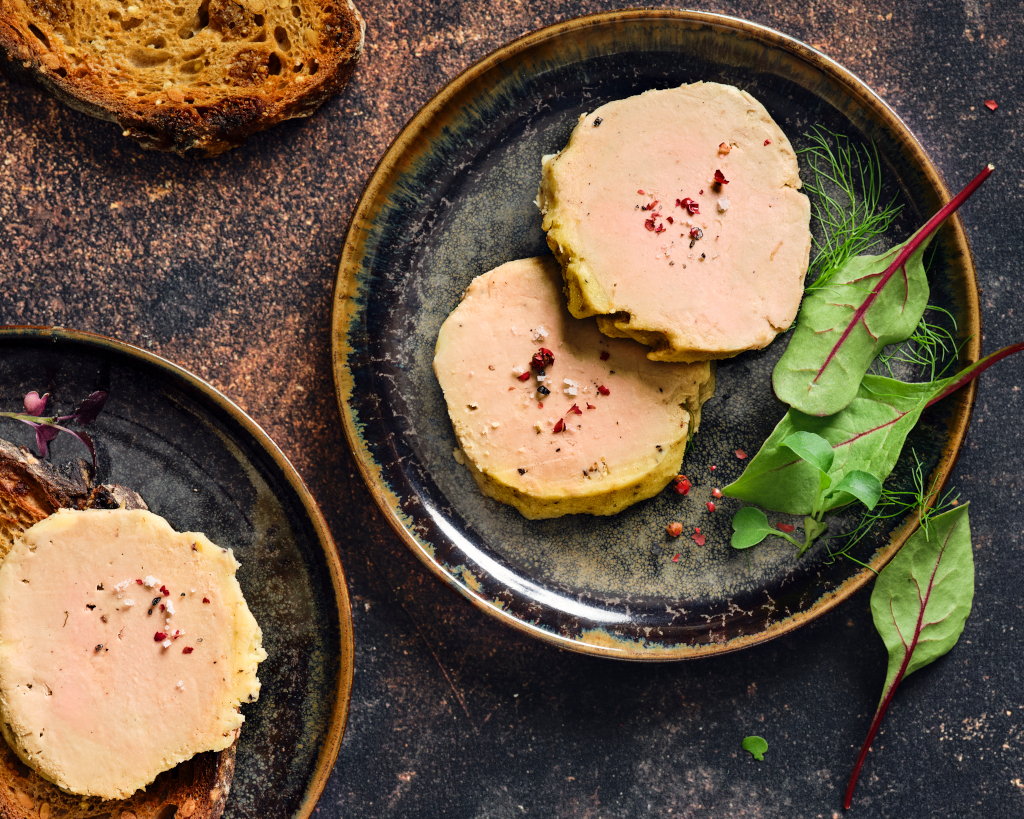What is Cellular Agriculture
Cellular agriculture is the process of producing animal-based foods and other products directly from animal cells. Originally pioneered in Europe and now with 100+ companies worldwide, cellular agriculture can offer meat, fish, or dairy products grown in a controlled environment.
The production process is based on the well-known “cell culture technology” that has been used in Europe for decades, for example for growing yeasts for bread baking or for the production of rennet in cheese. Beginning with a small sample of animal cells and nurturing them in a nutrient rich growth medium, the cells grow and develop into muscle, fat or other tissues to form animal products.


Also referred to as “cultured meat and/or milk” or “cultivated meat and/or milk”, cellular agriculture could be a valid and sustainable source of alternative proteins. Indeed, the development of cellular agriculture is motivated by the need to develop a sustainable food production system, addressing the overuse of antibiotics, food and water safety, environmental footprint, and animal welfare.
Cellular agriculture should co-exist and complement the production capacity of sustainable methods, including sustainable livestock farming, to meet the growing market demand for proteins and other relevant ingredients. It can be successfully integrated with current food systems through supporting and investing in local producers, empowering communities, and giving existing farmers the opportunity to forge new revenue streams alongside conventional production.
Incorporating ‘Just Transition’ practices while collaboratively integrating cellular agriculture with animal agriculture can ensure economic security and social equity for farmers as the sector transitions to become a more sustainable and nature balanced overall system.

